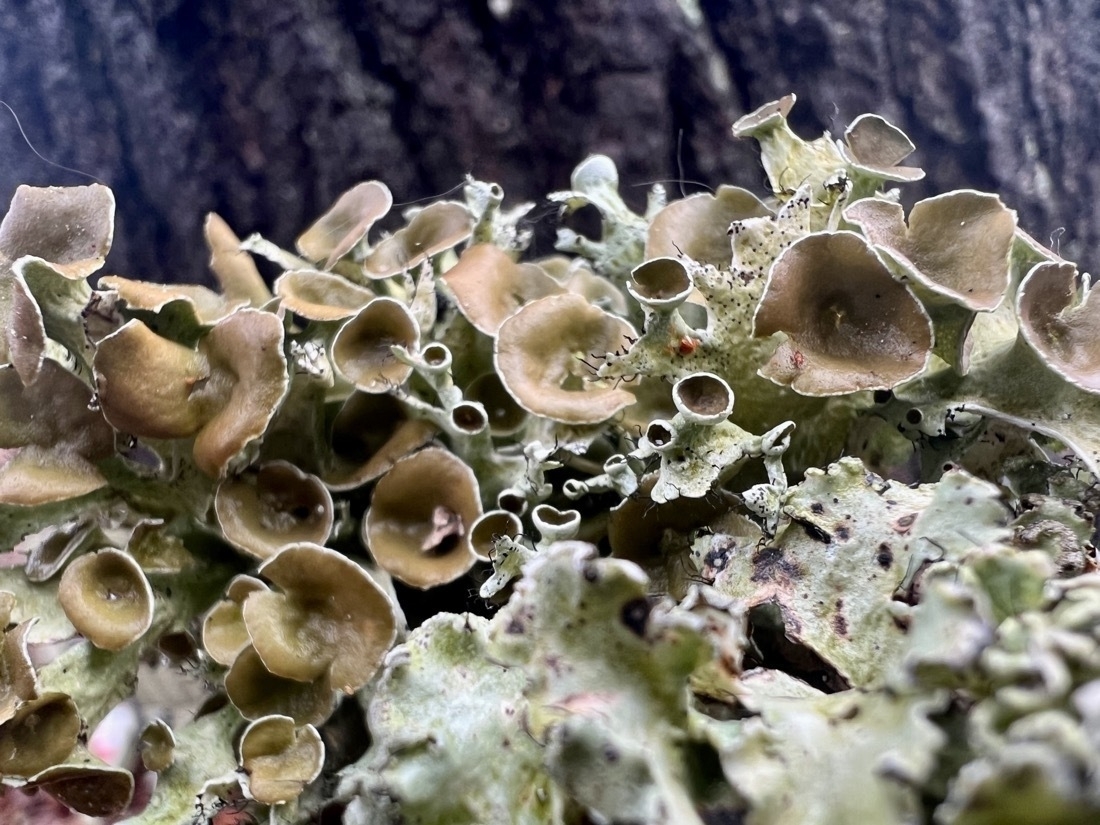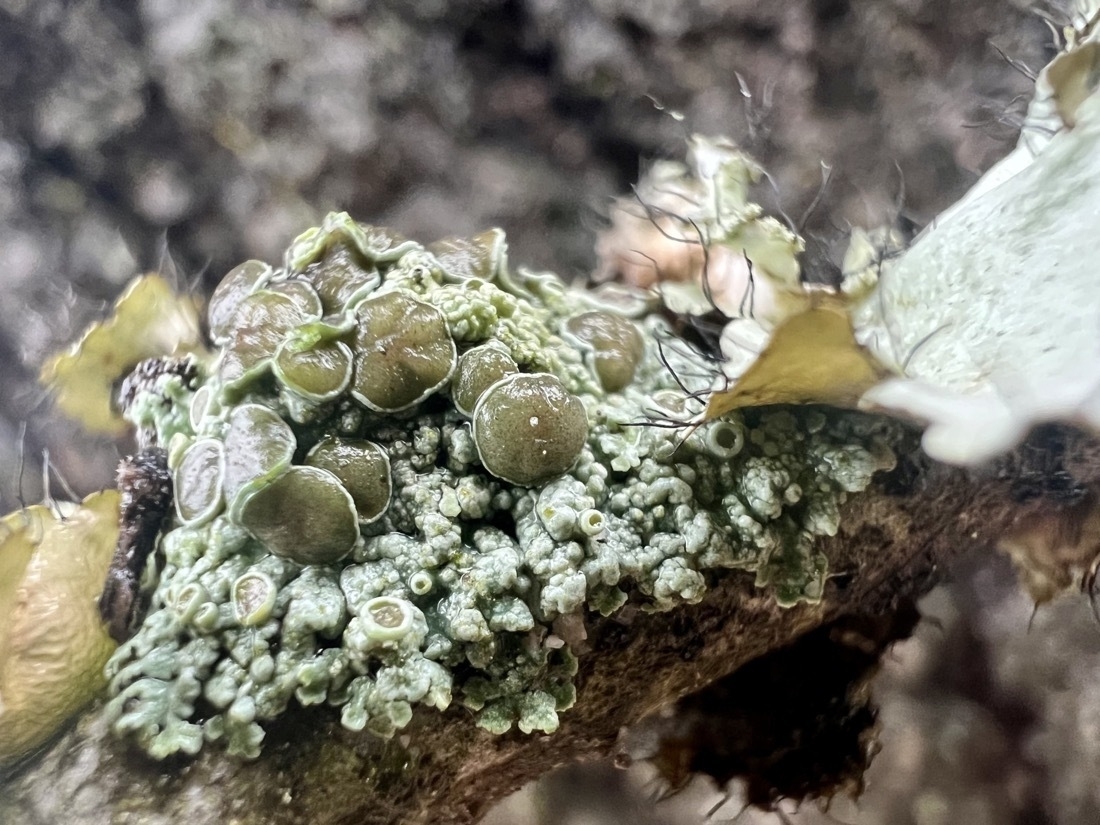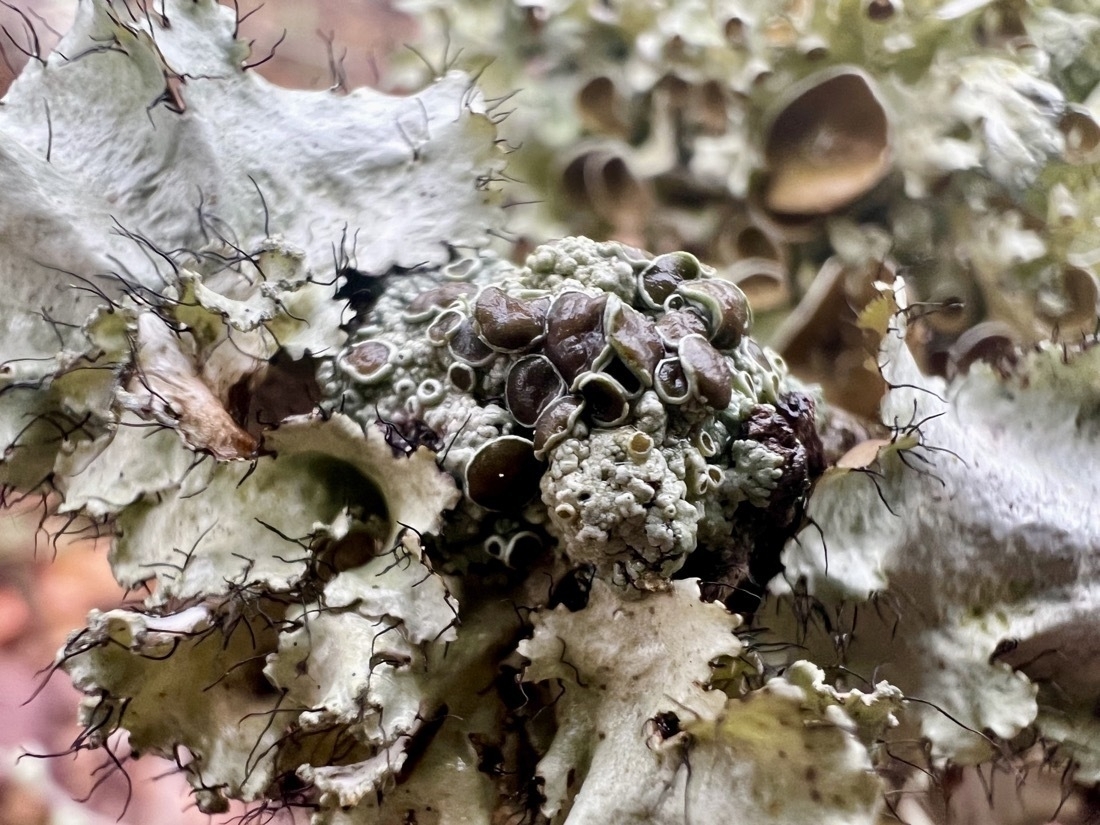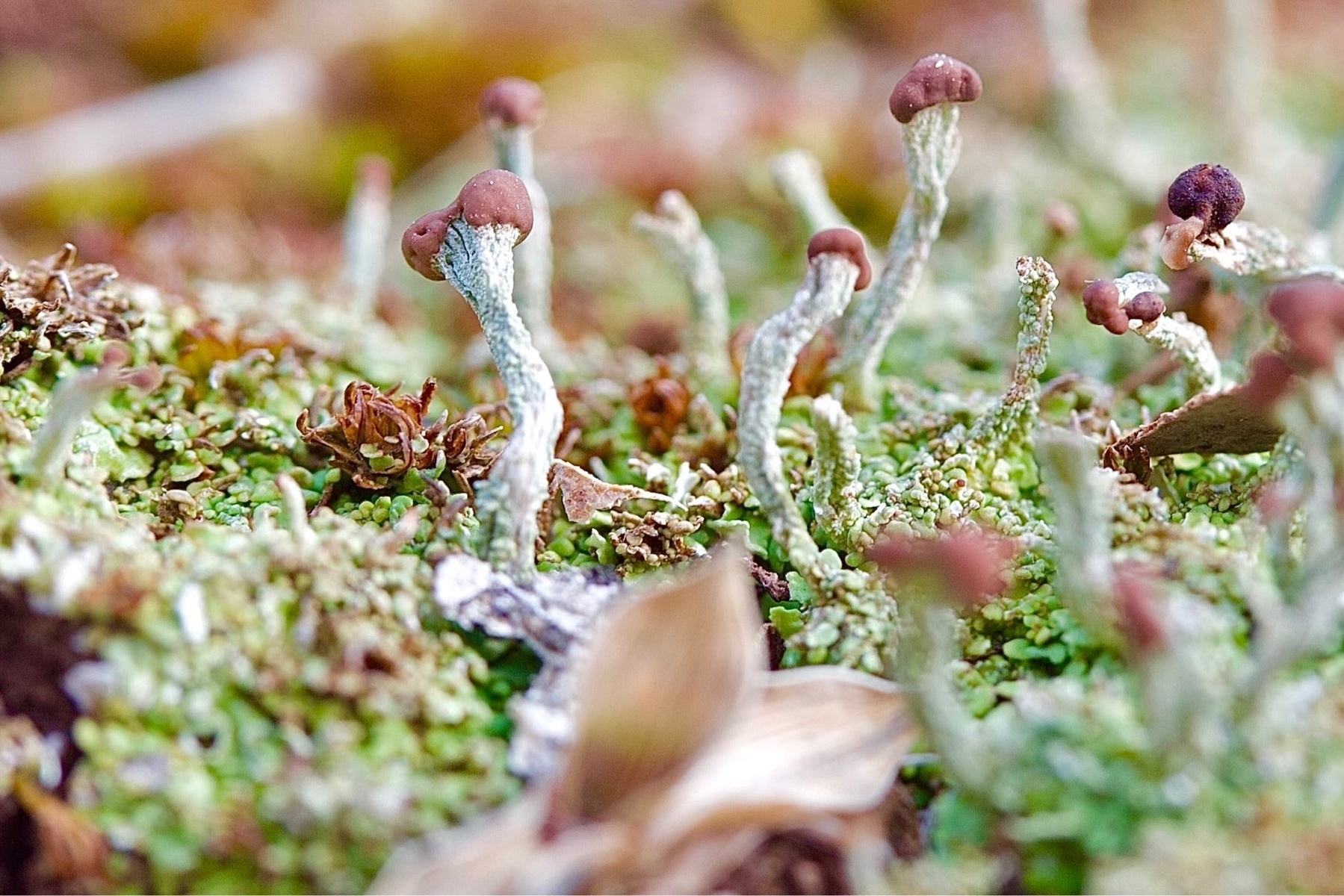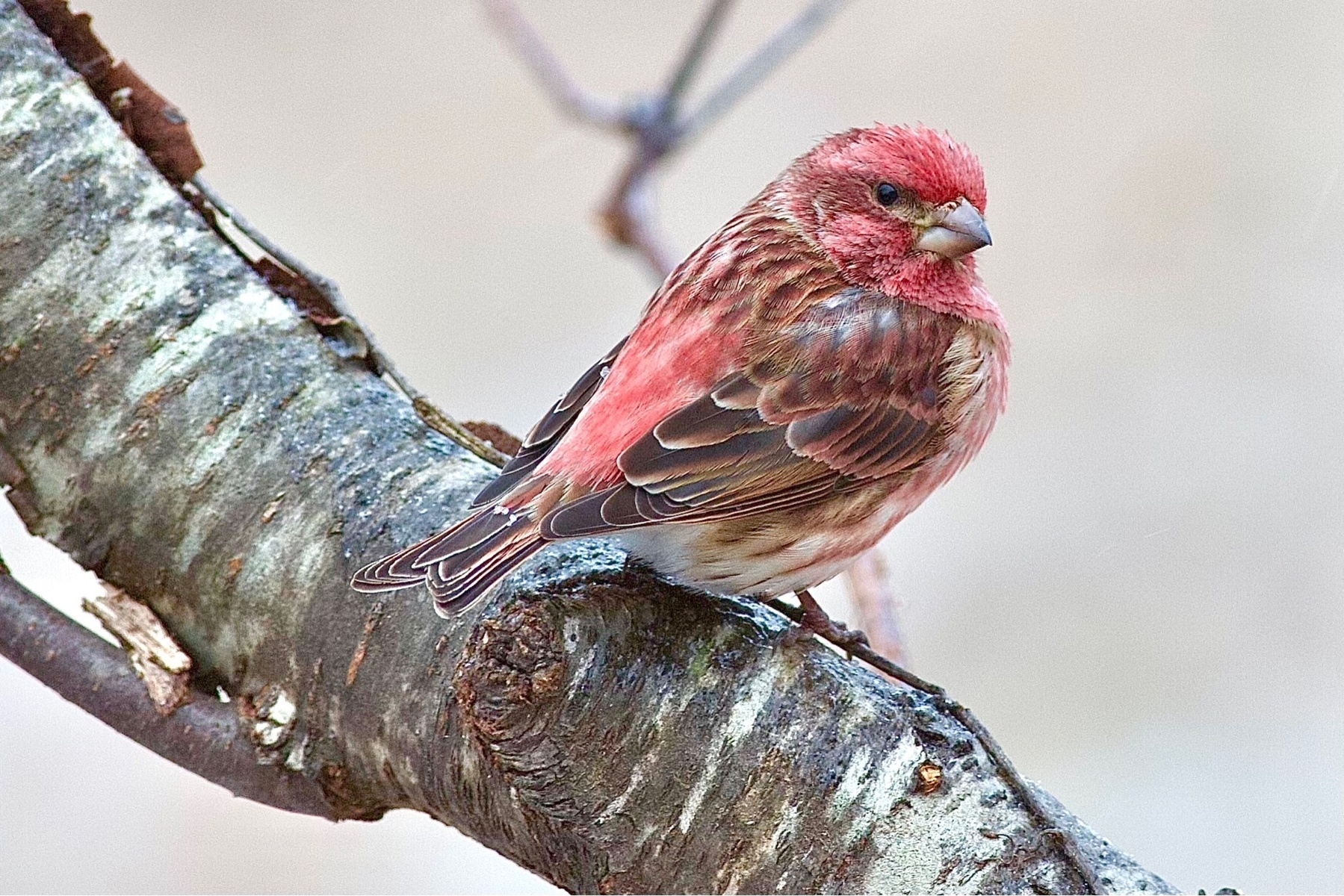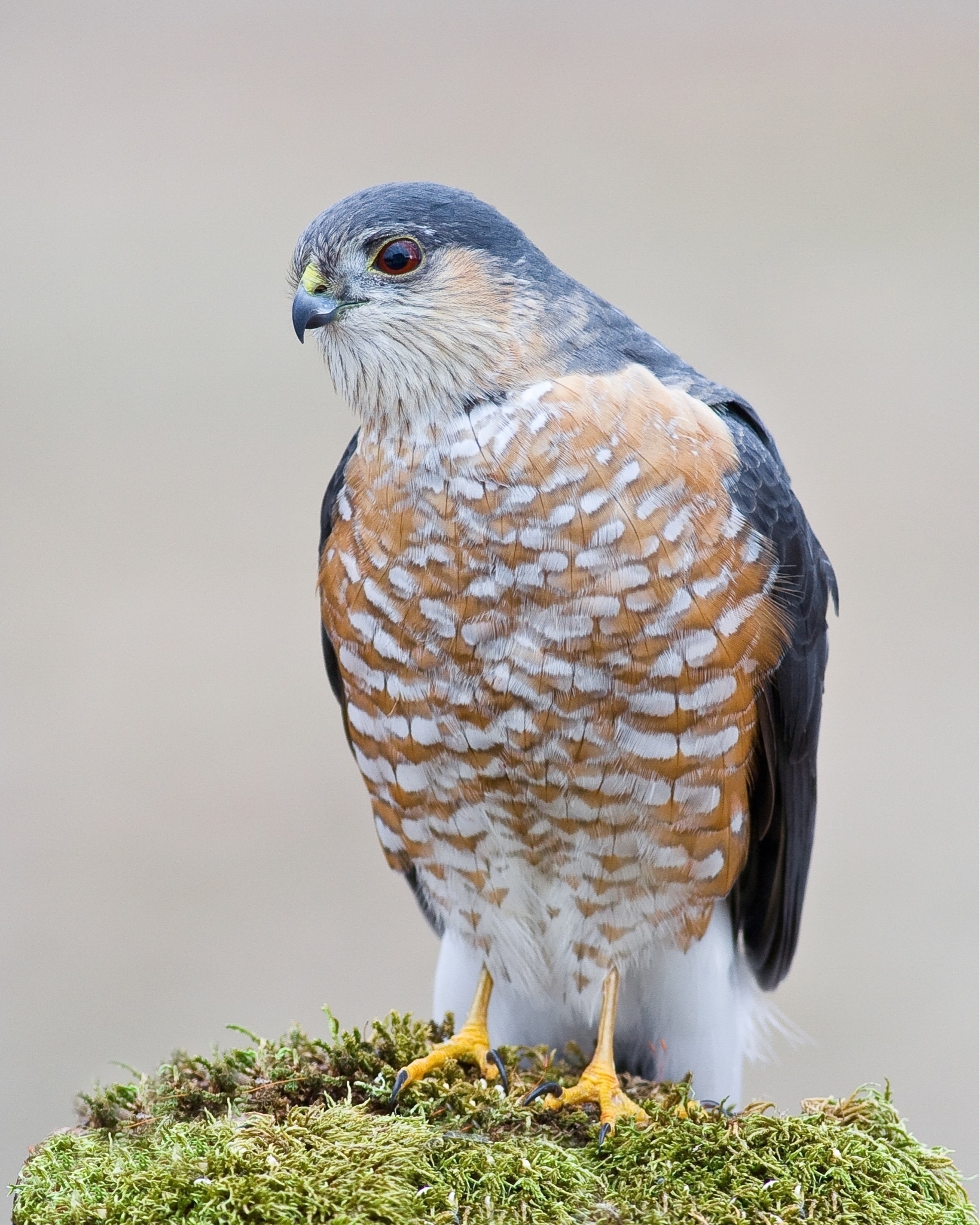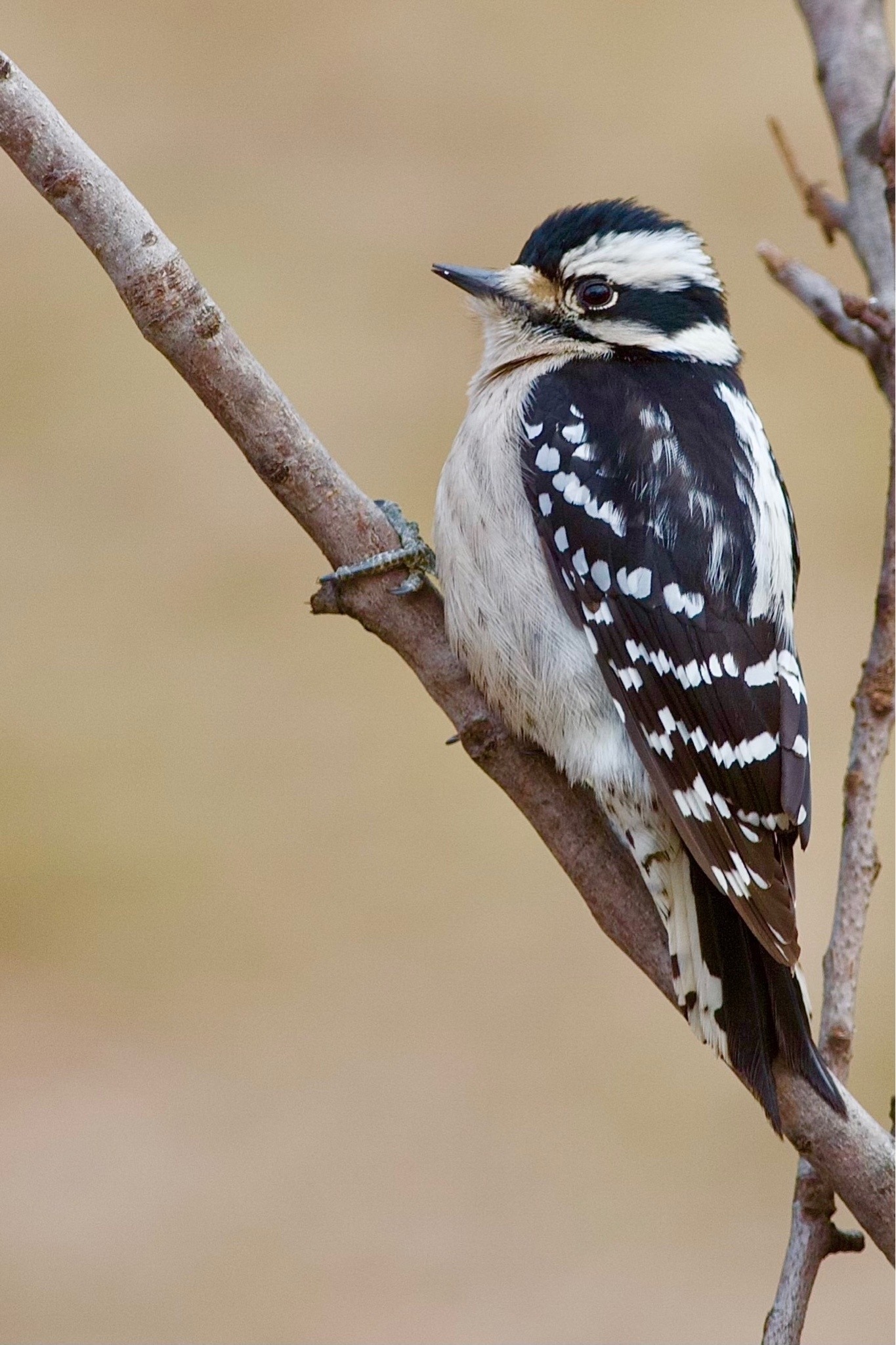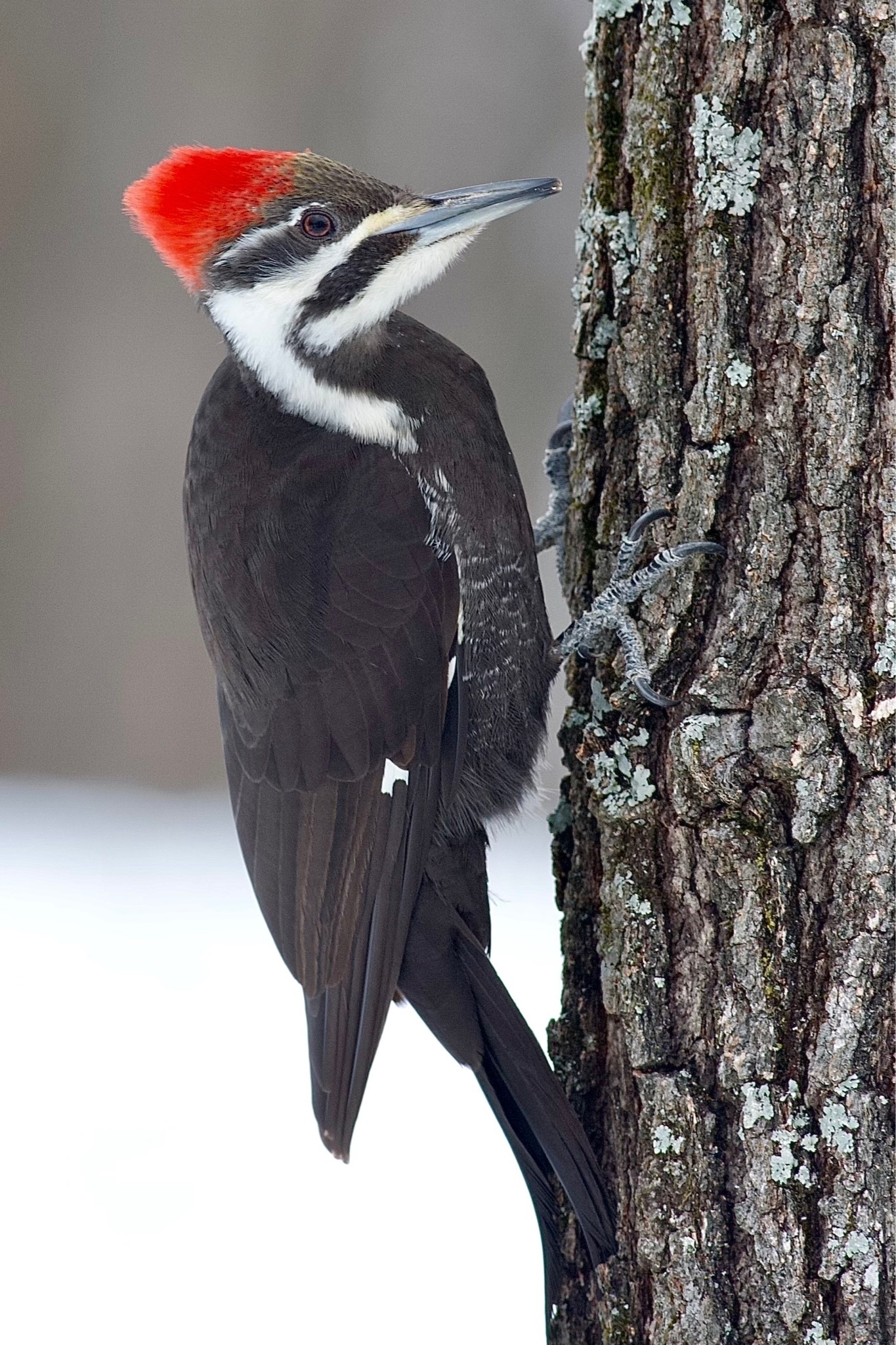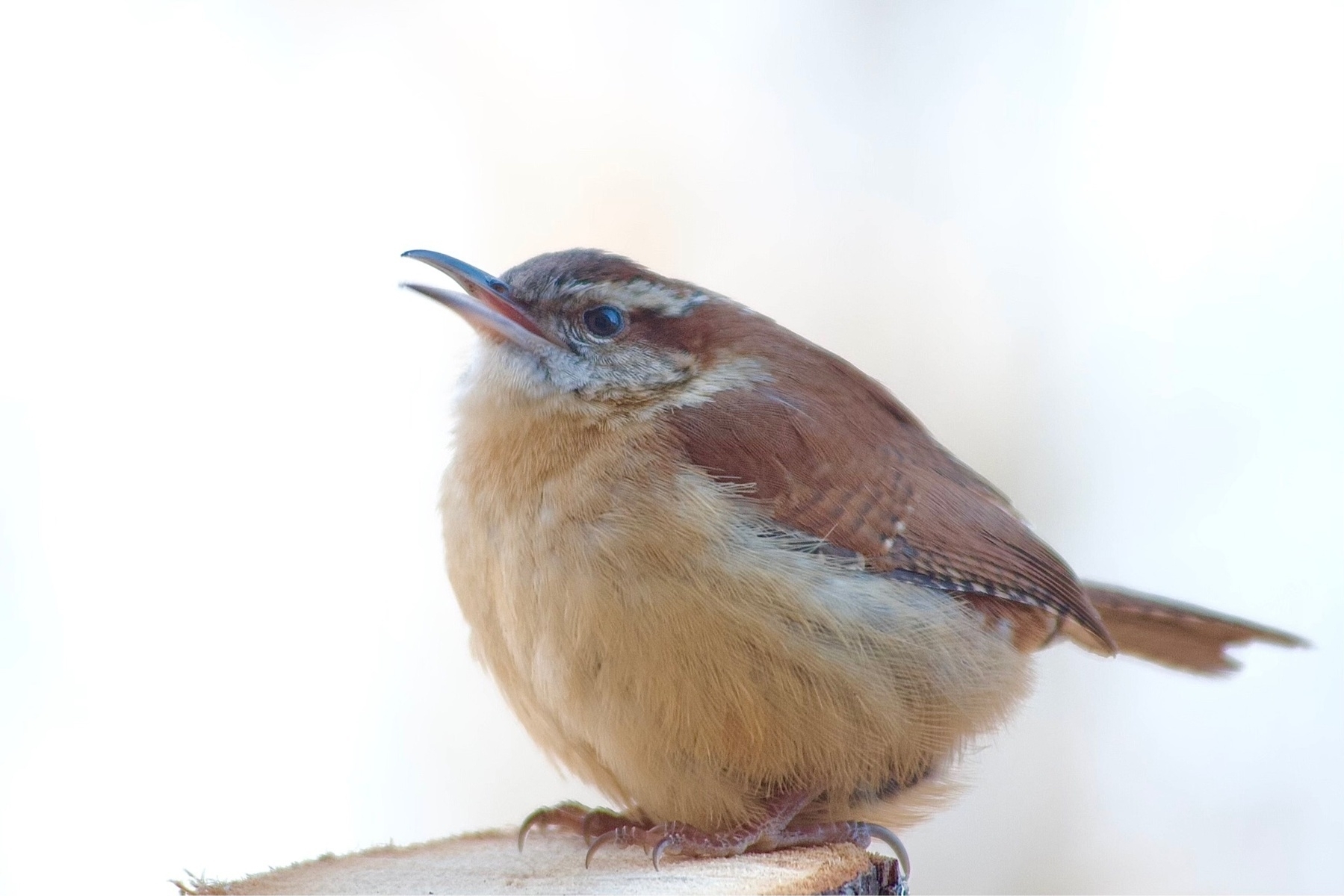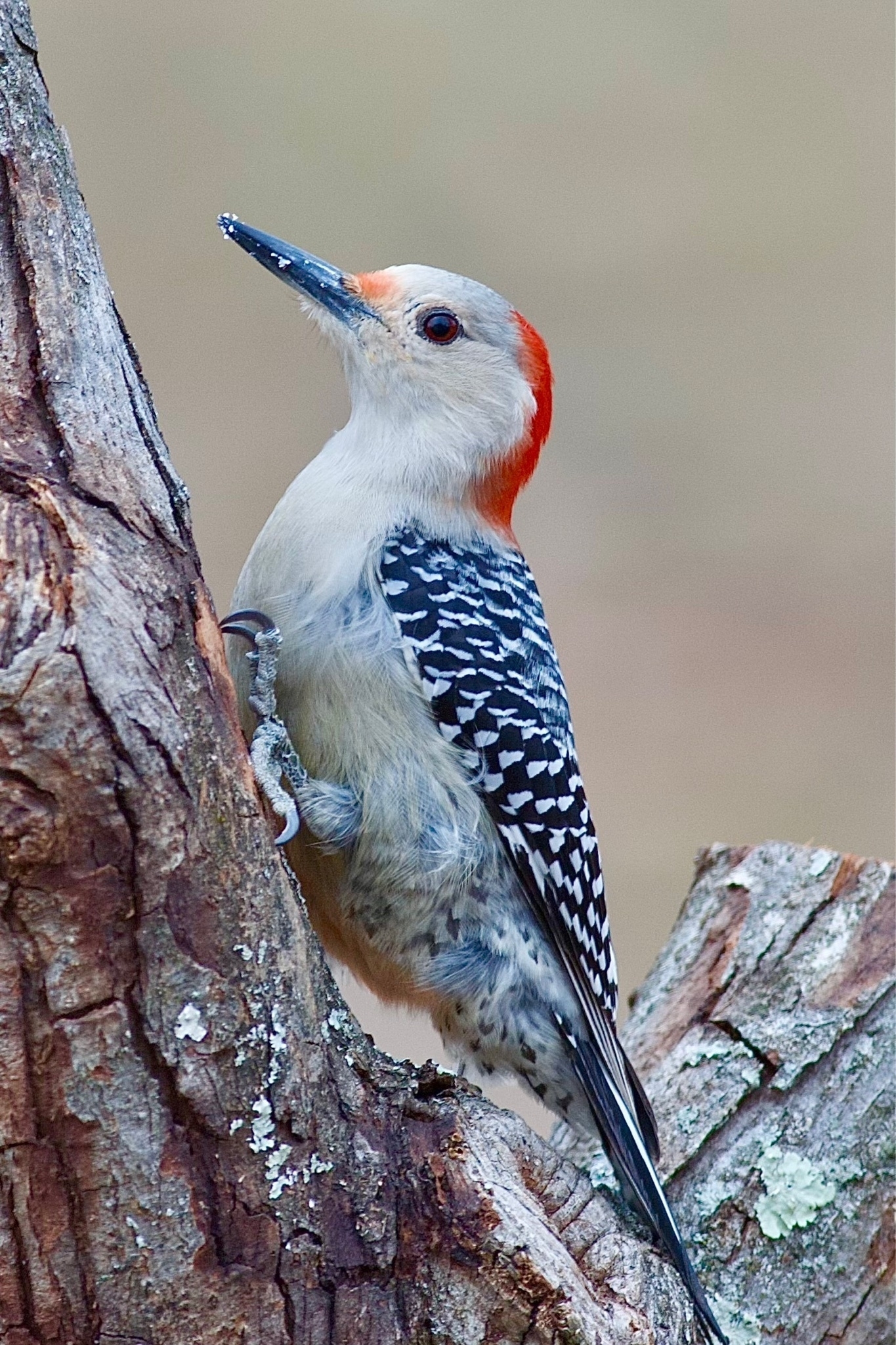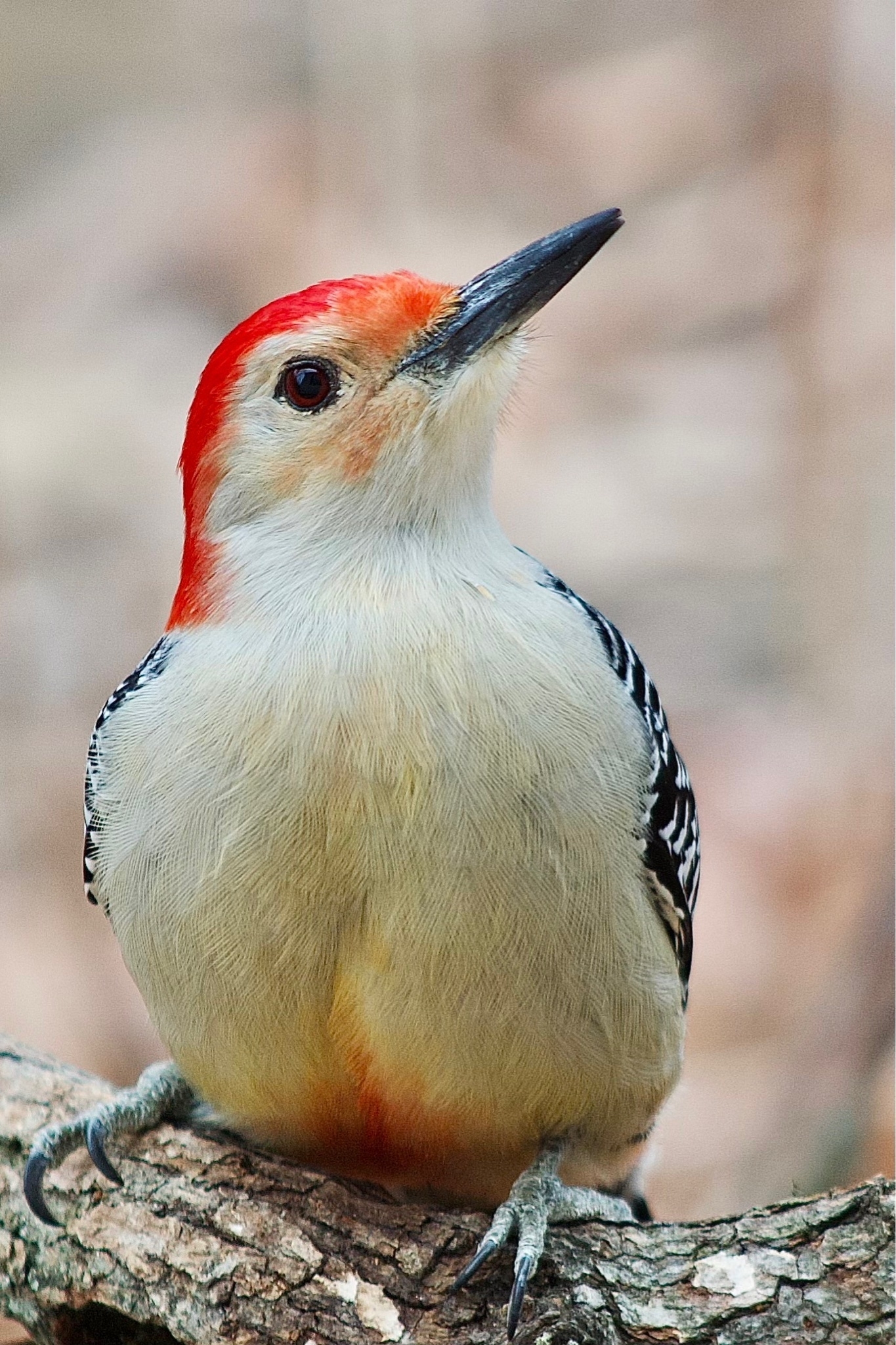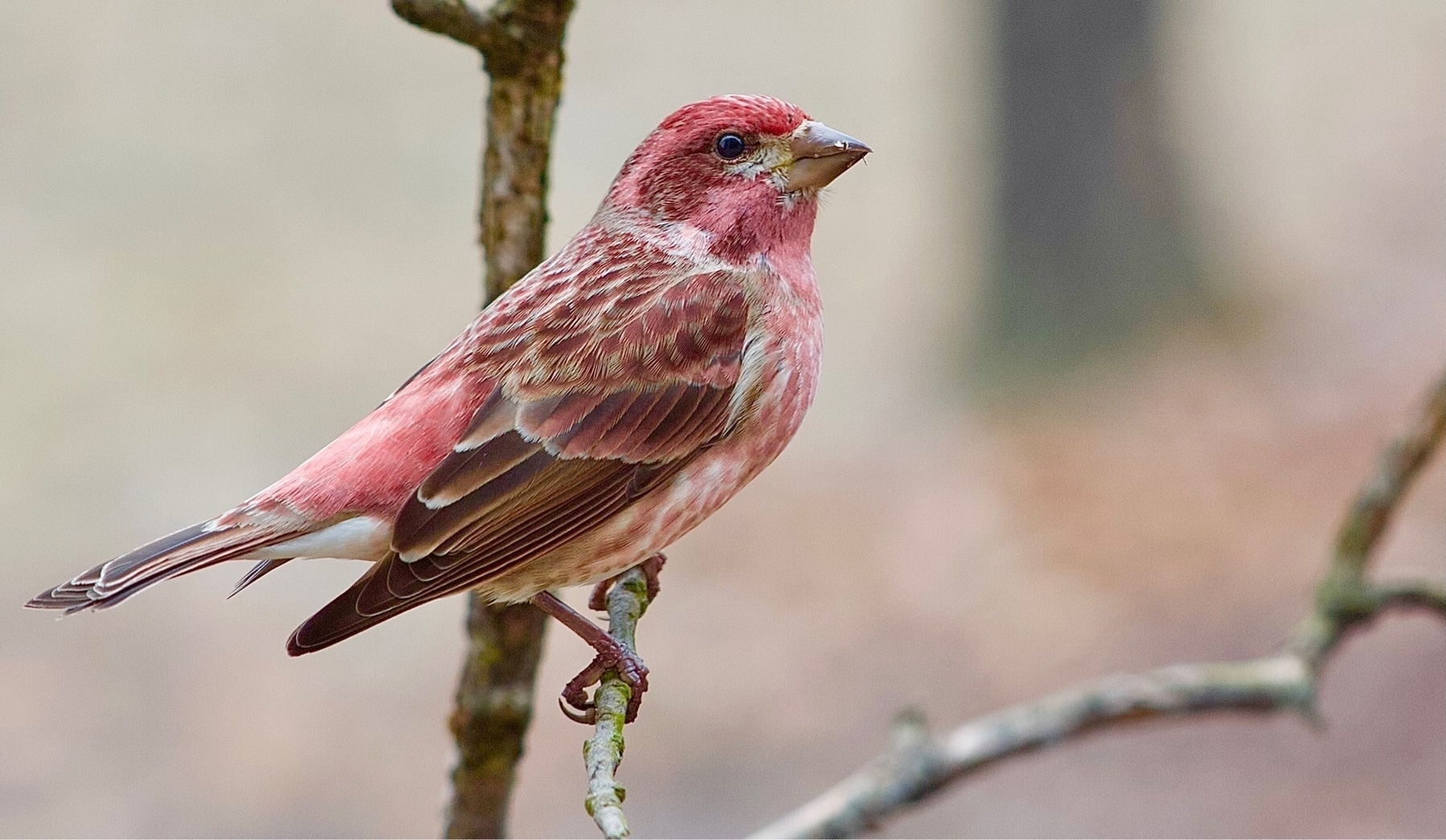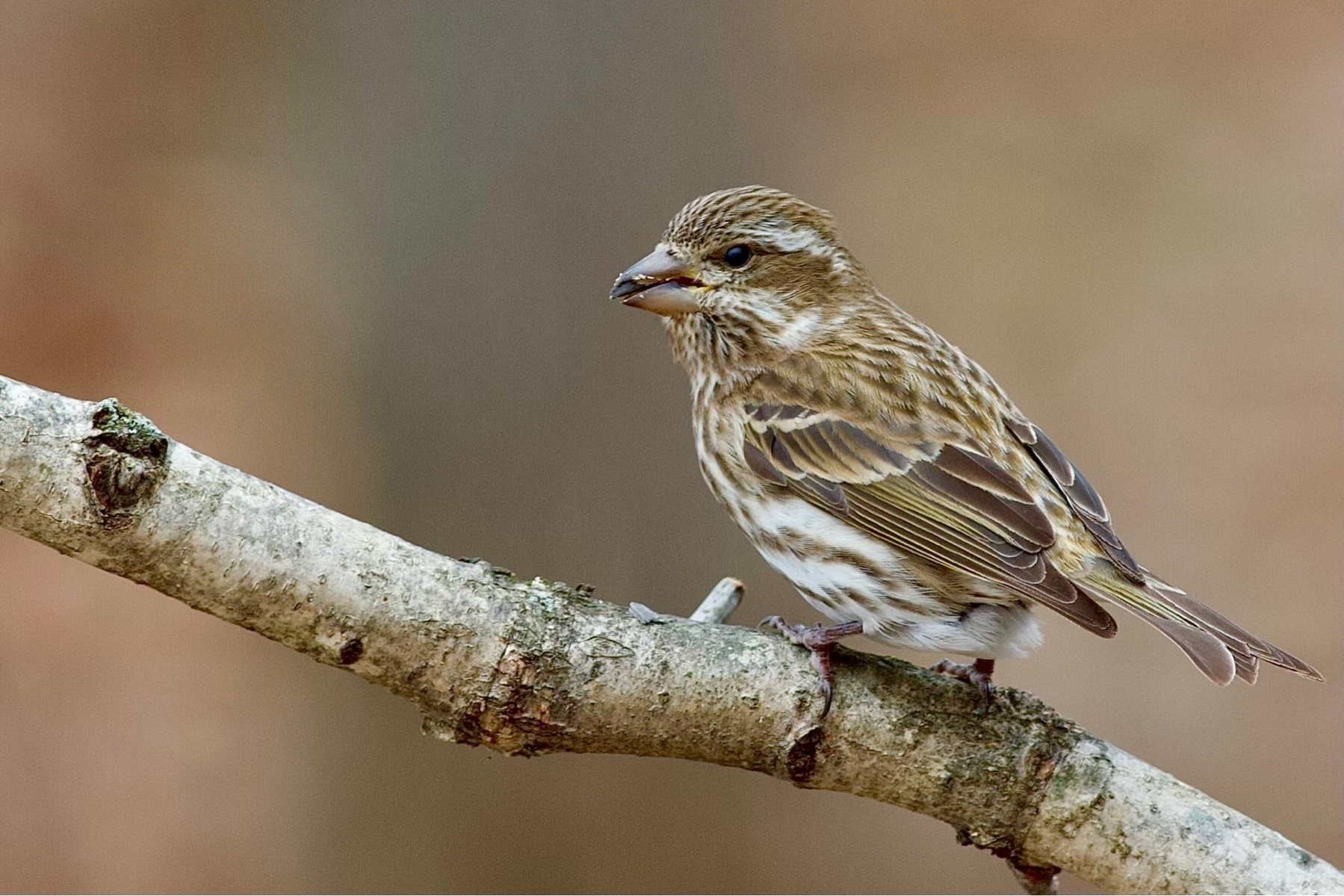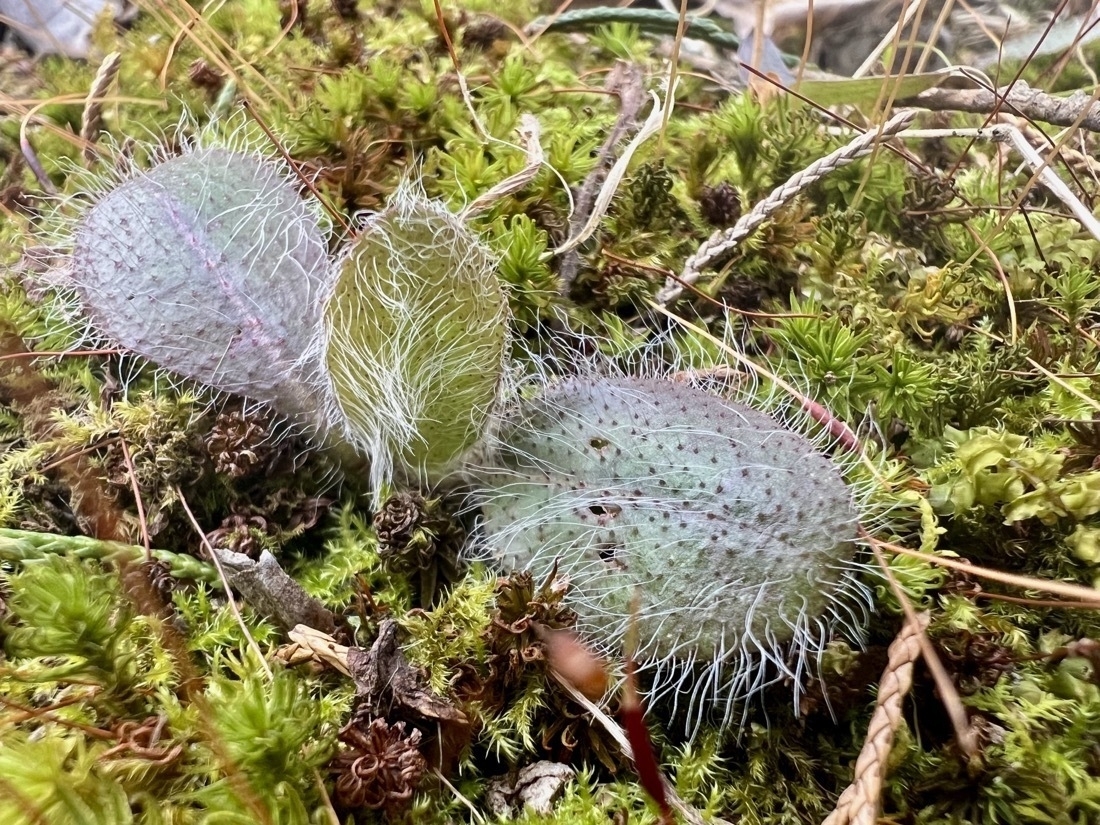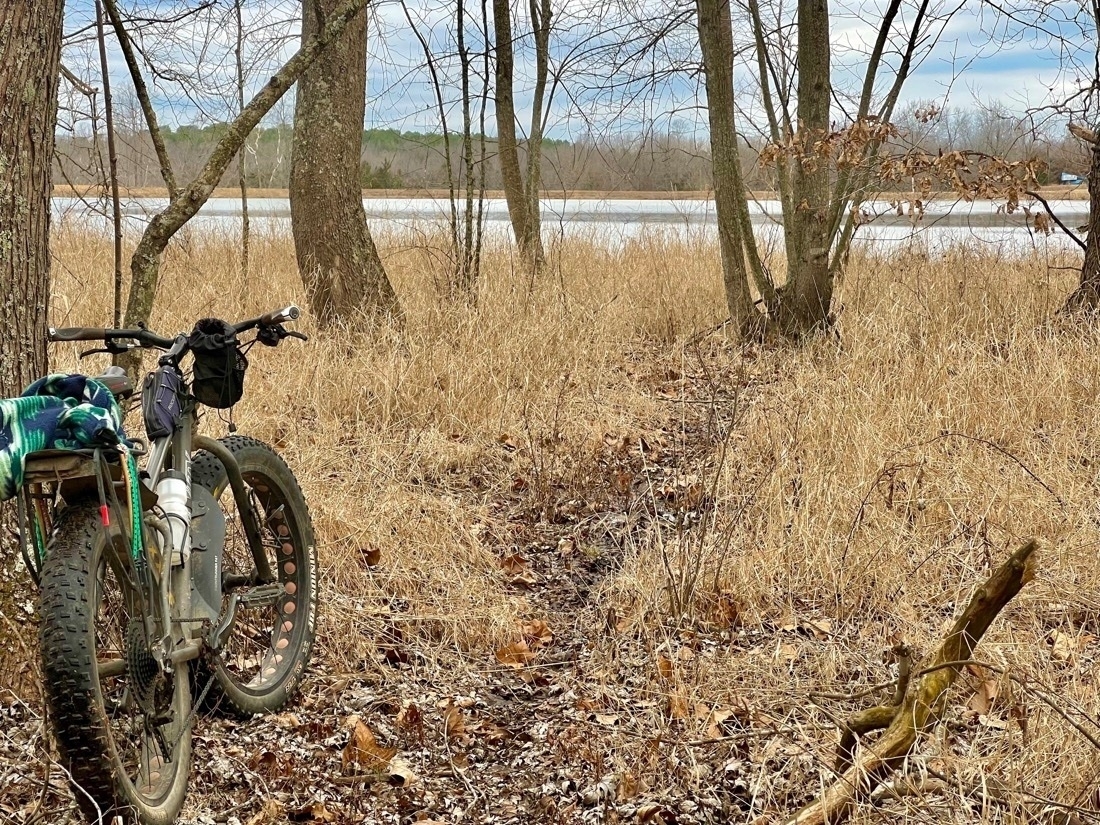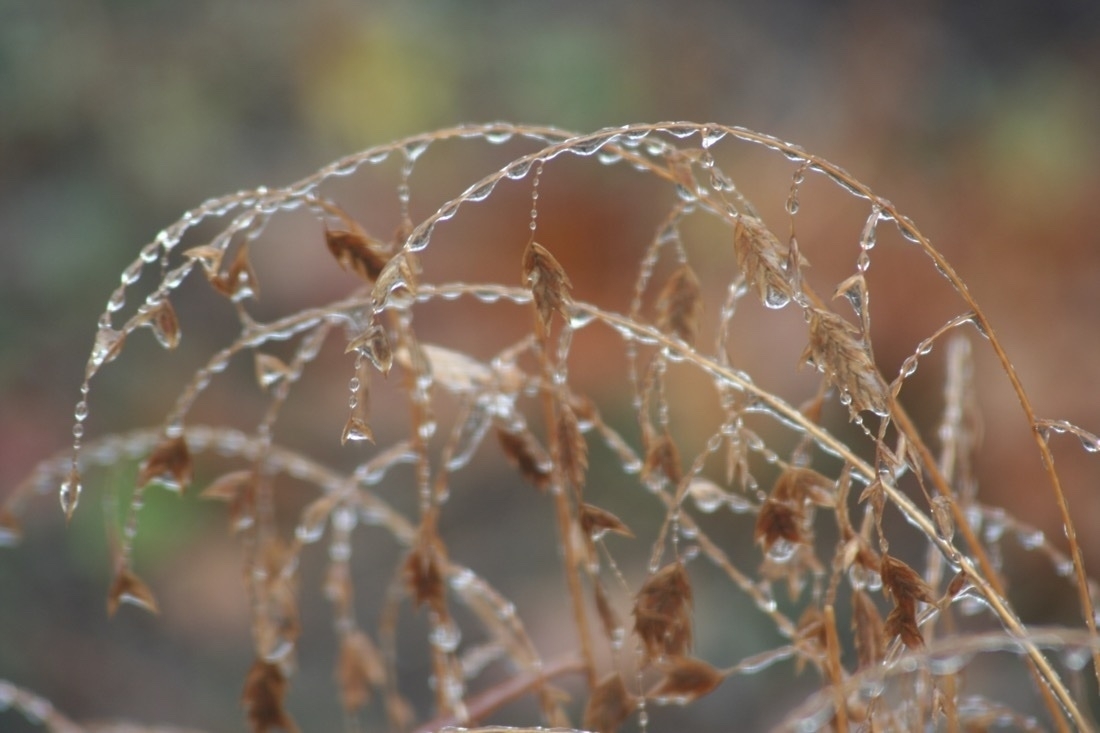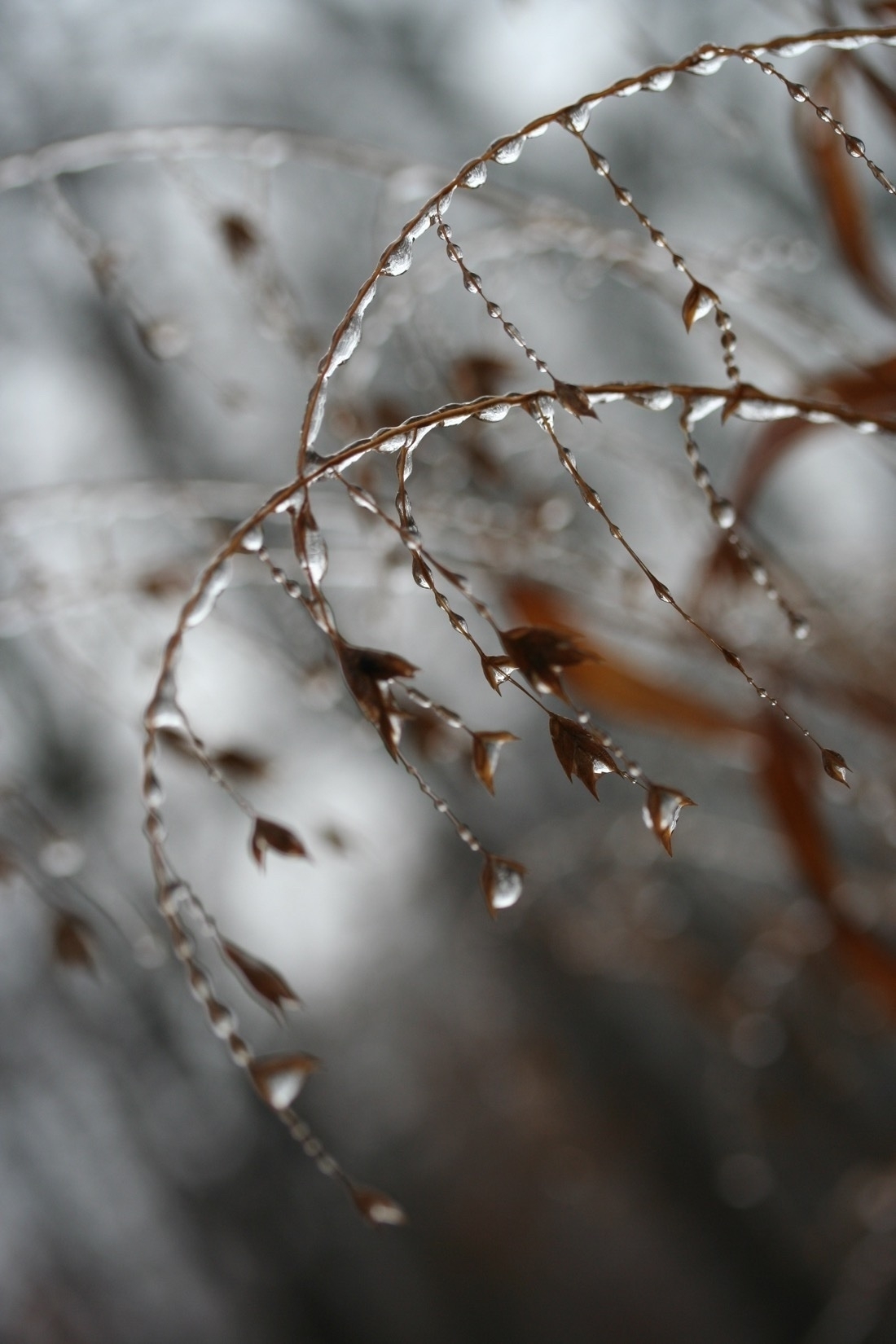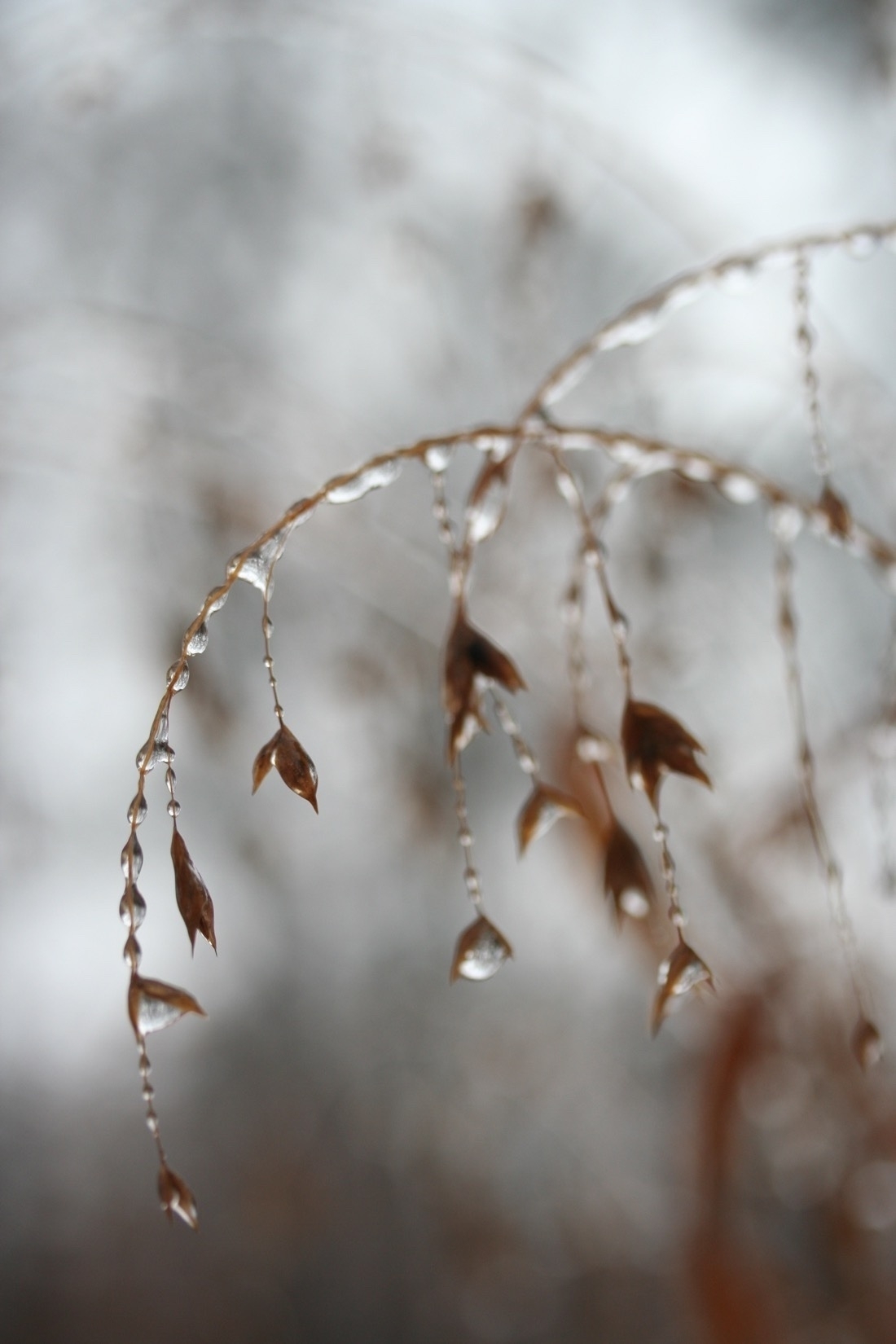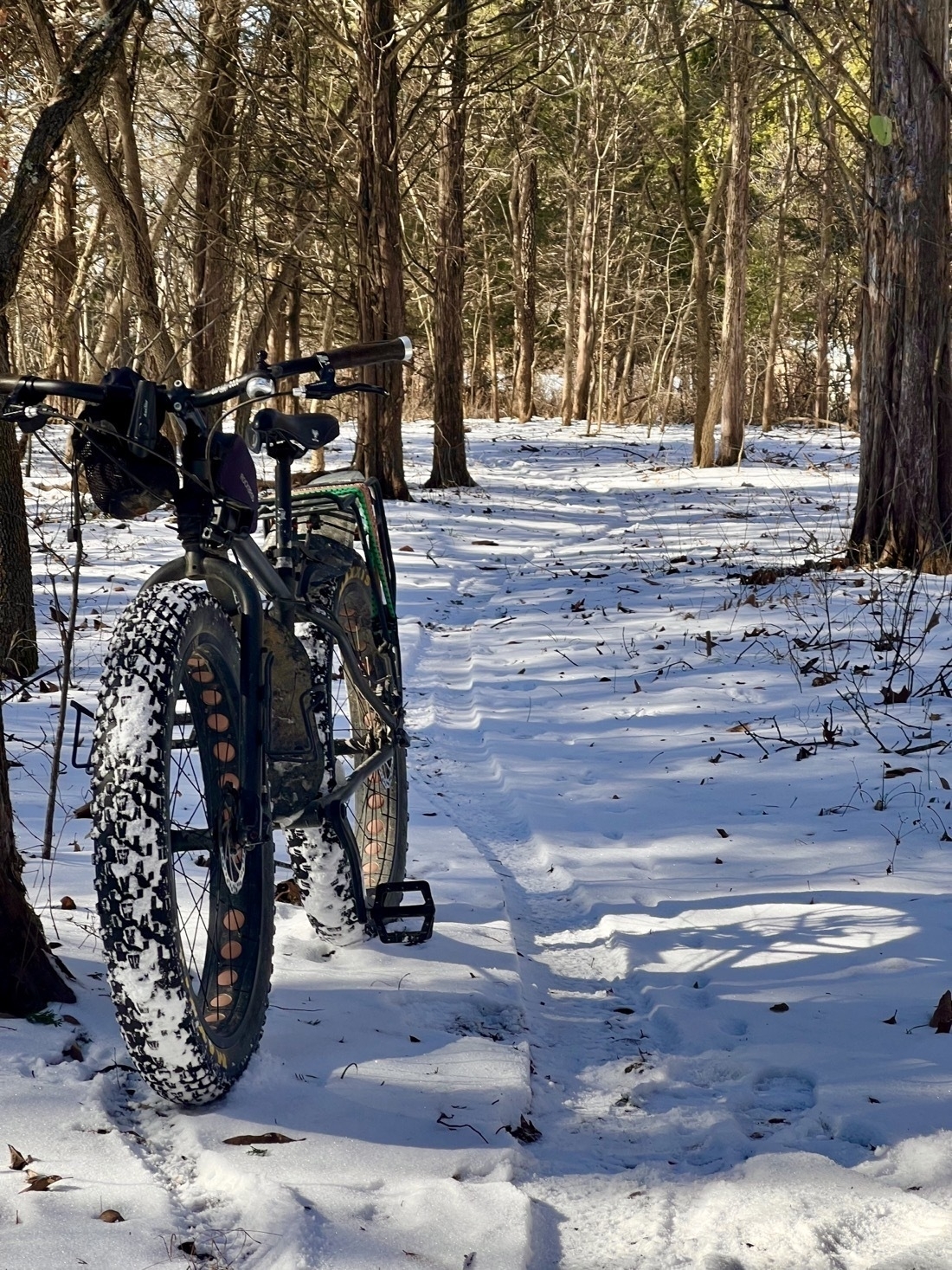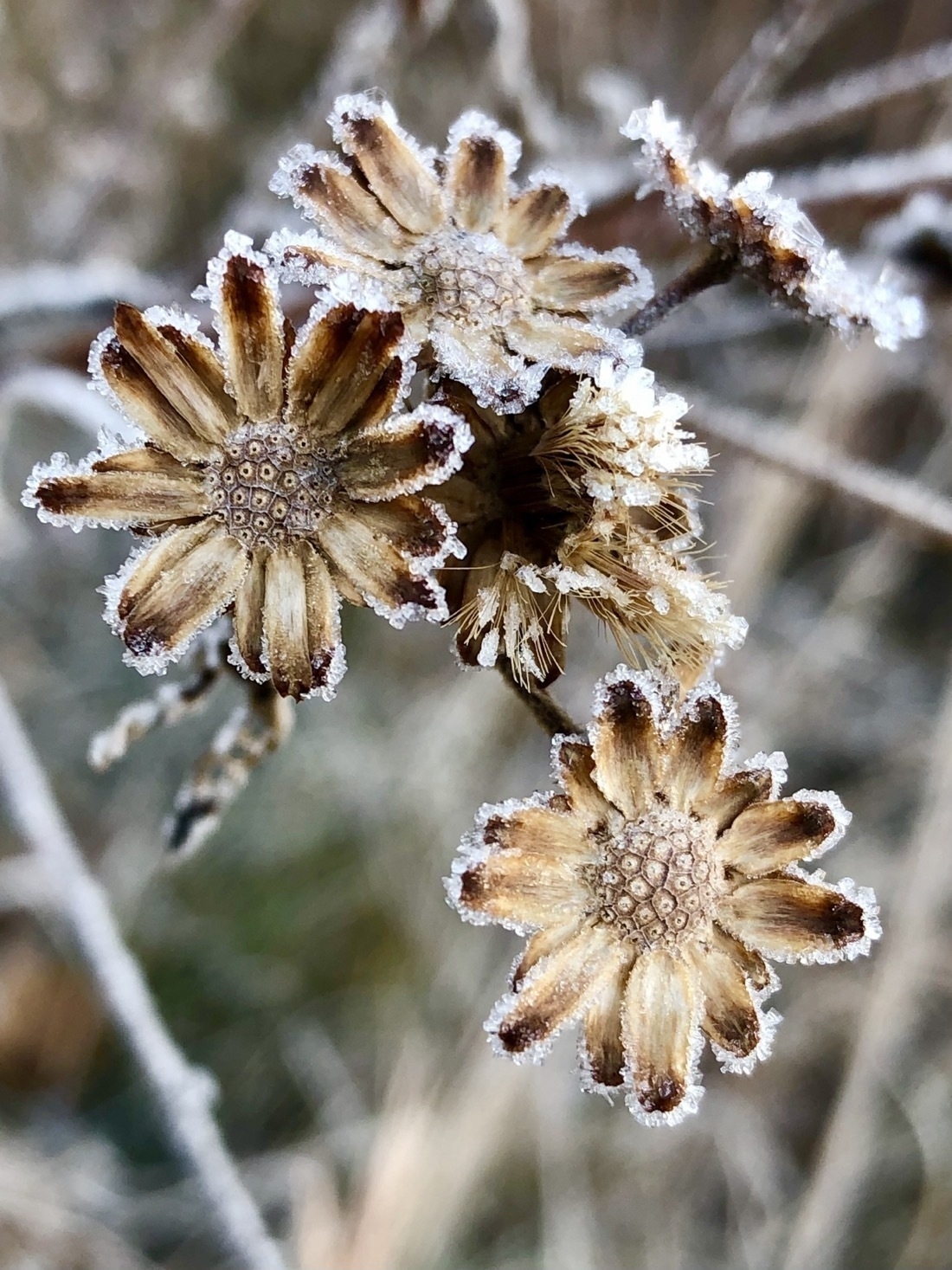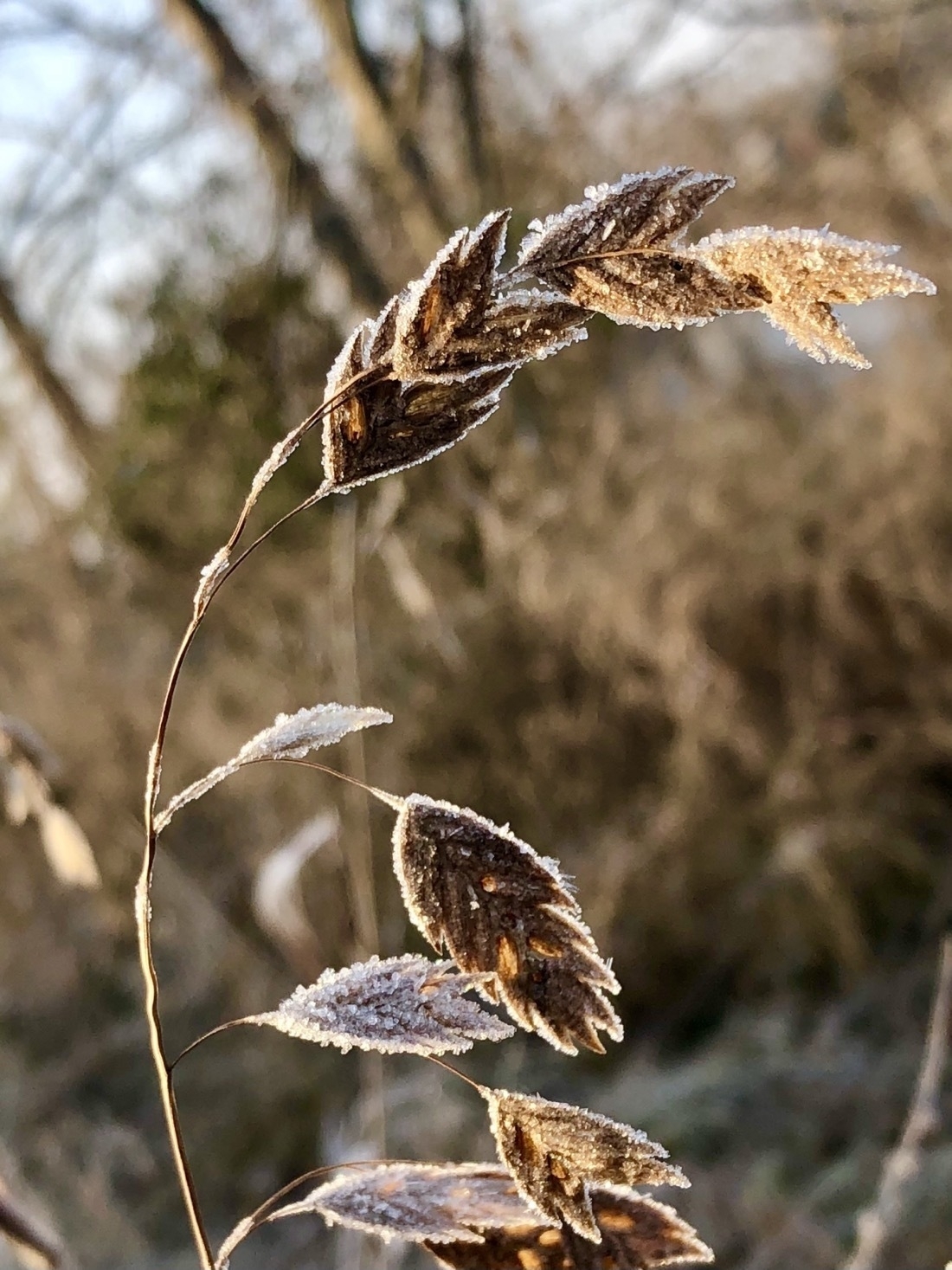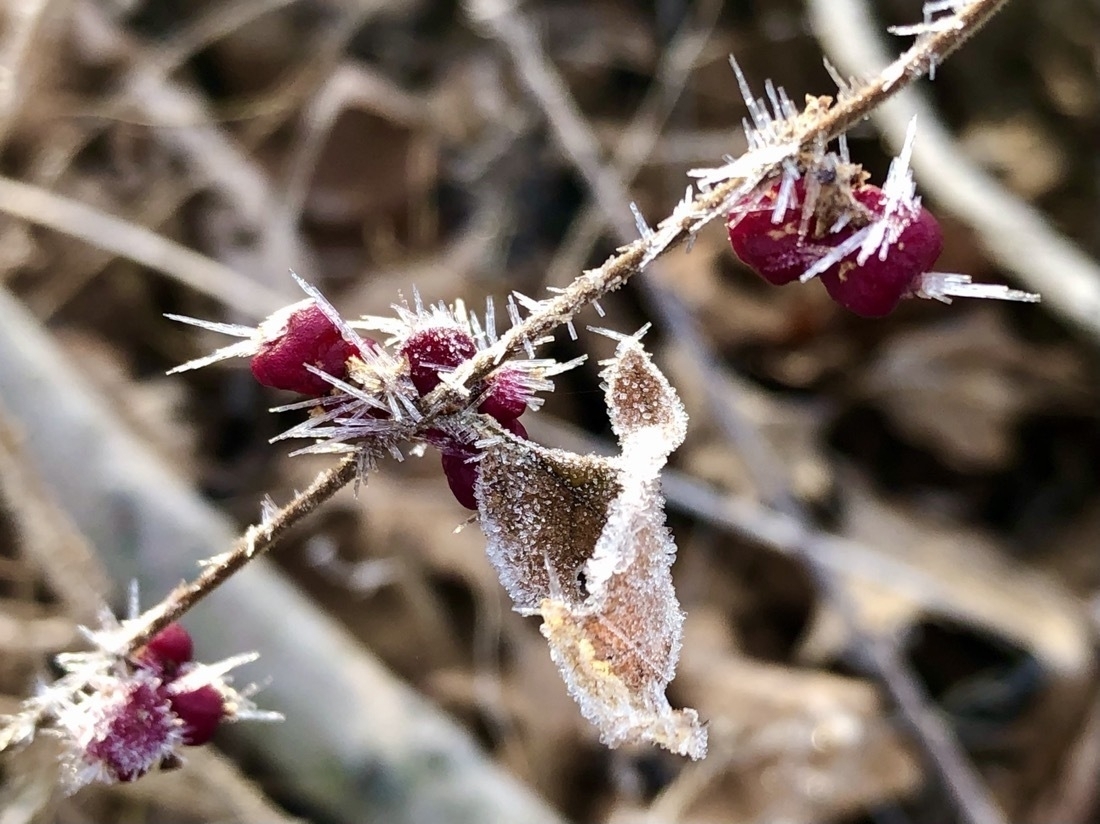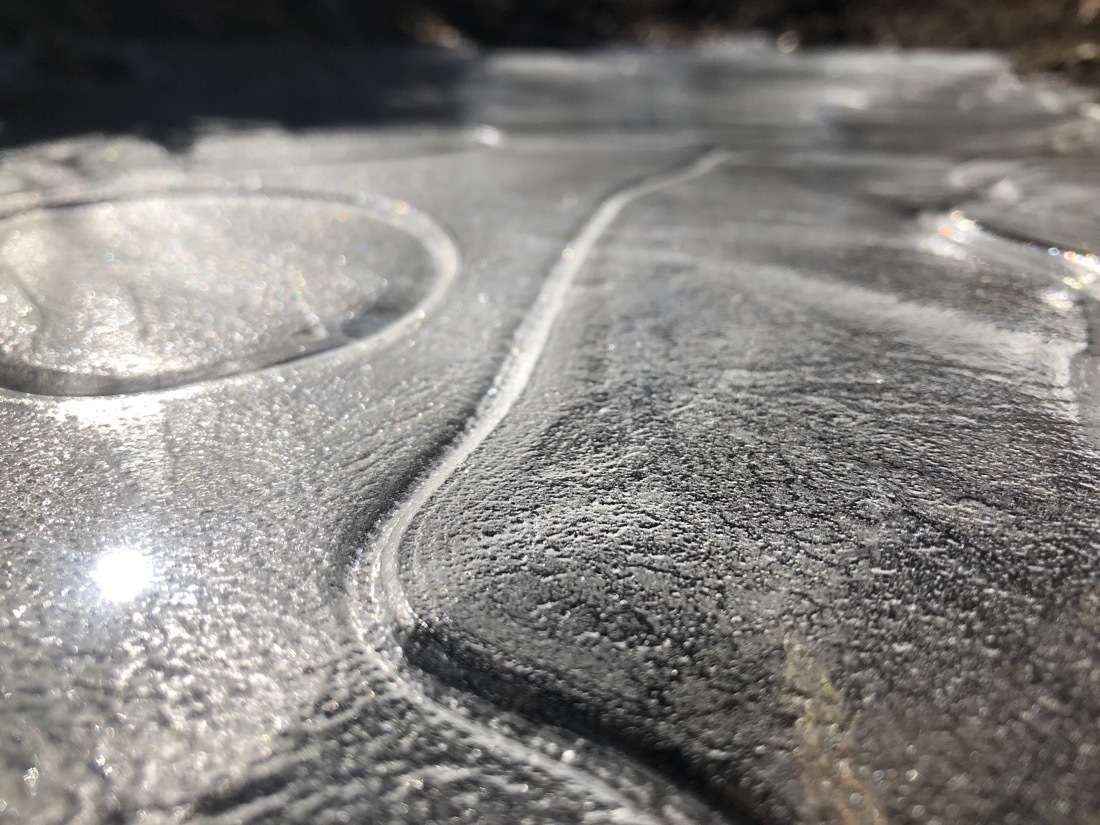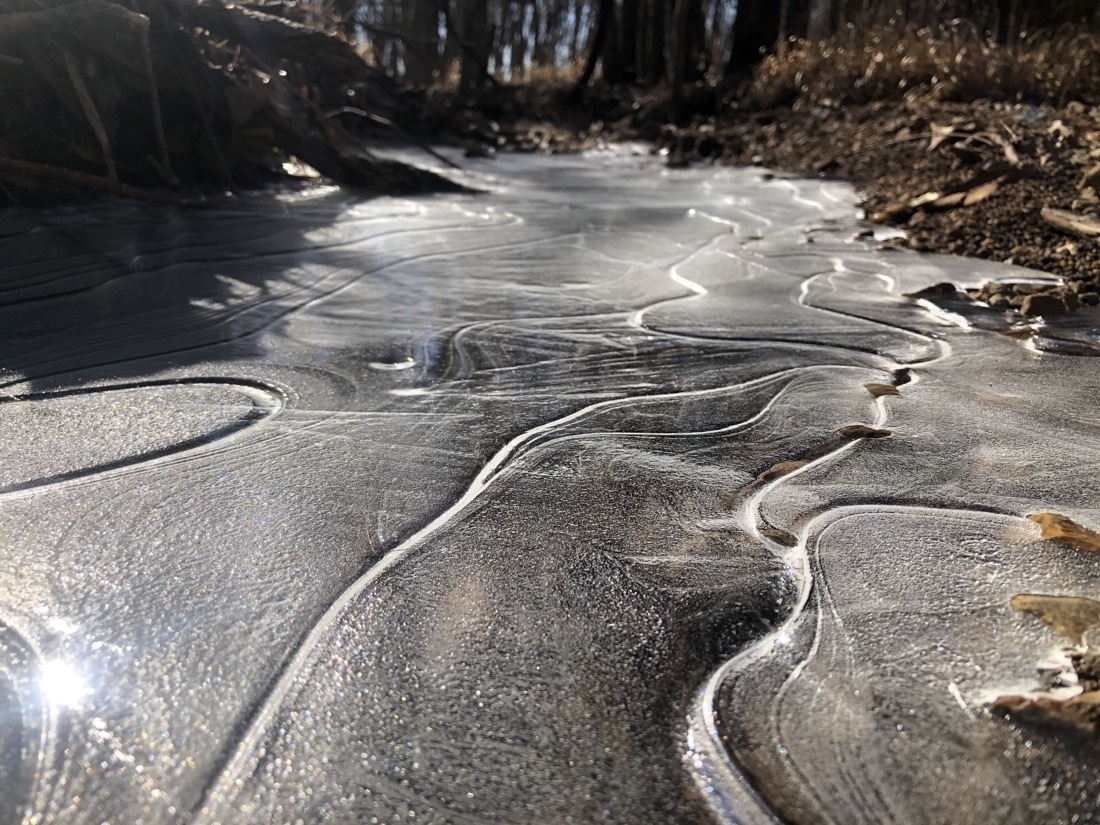Nature
Turban cup lichen, Cladonia peziziformis. A species of cup lichen in the family Cladoniaceae. The thallus consists of two parts: the primary thallus and the upwardly podeties where the apotheci are found.
Sharp-shinned hawk, Accipiter striatus, a small hawk, with males being the smallest hawks in North America. I almost missed this shot at the end of a day. I was finished but at the last moment decided to stay just a little longer. The hawk landed in front of me moments later.
The downy woodpecker, Dryobates pubescens, the smallest species of woodpecker in North America. I see and hear these often in the woods here.
The pileated woodpecker, Dryocopus pileatus. Pileated refers to the bird's prominent red crest, from the Latin pileatus meaning capped, is more prominent on the male. These are fairly common around here and I see or hear them a few times a month.
Bewick's wren, Thryomanes bewickii or Carolina wren, Thryothorus ludovicianus, but I'm not sure. They often visit around my tiny house and porch catching insects and spiders.
The red-bellied woodpecker, Melanerpes carolinus. I see and hear these pretty woodpeckers all of the time, one of my favorite neighbors! The male has red from the beak all the way back.
Purple Finch, Haemorhous purpureus
"The Purple Finch prefers nesting in lowland coniferous and mixed forests, avoiding more heavily populated urban areas, but sometimes found in rural residential areas."
The northern flicker or common flicker, Colaptes auratus. A beautiful woodpecker and is one of the few woodpecker species that migrate. When I see them, they are often on the ground hunting for insects.
The moss bell mushroom growing from the moss is really tiny! Probably less than 12 millimeters.
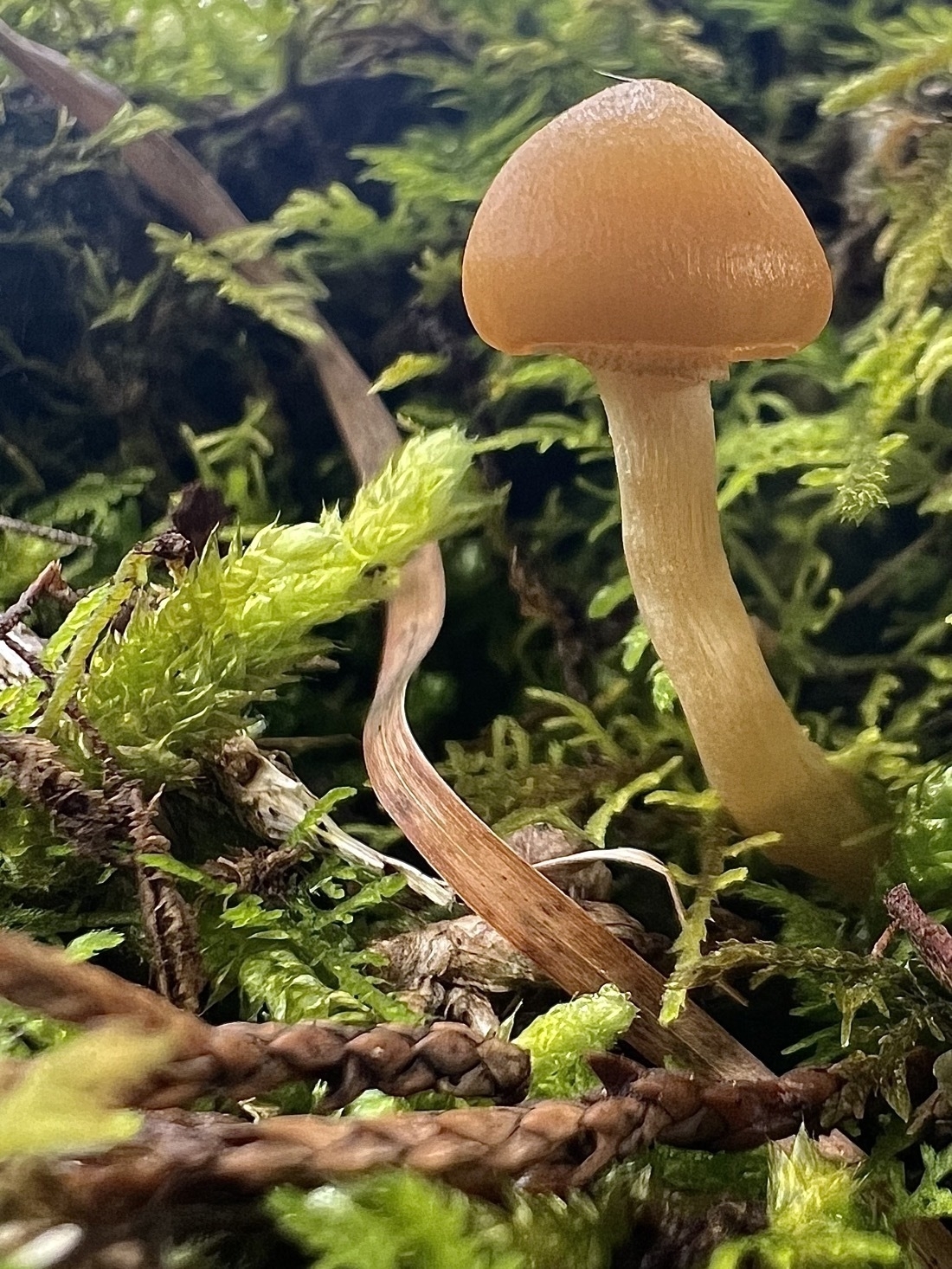
Galerina, Moss Bells

Cladonia, Pixie Cup Lichen
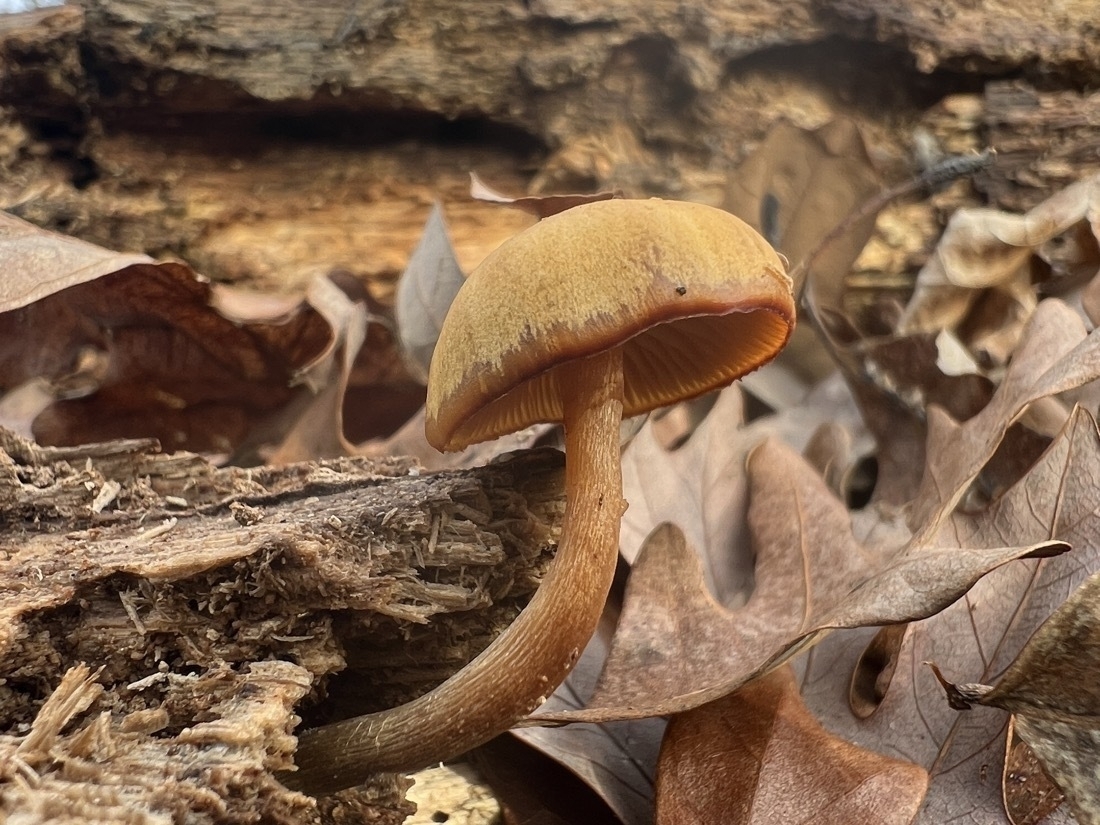
Galerina, Moss Bells
Mycena galericulata, commonly known as the common bonnet, the toque mycena, the common mycena or the rosy-gill fairy helmet. Not edible.
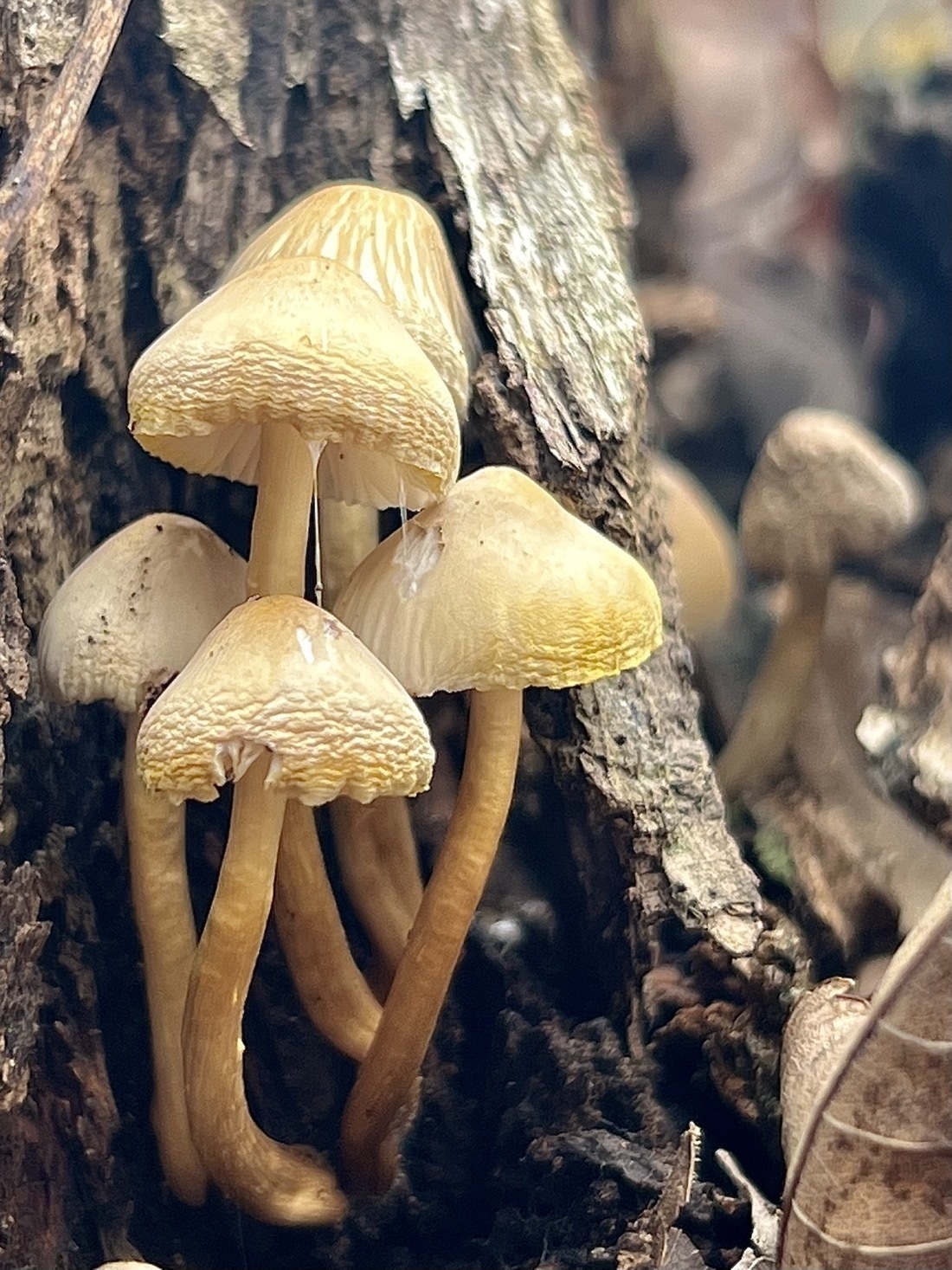
Cladonia peziziformis or the turban cup lichen
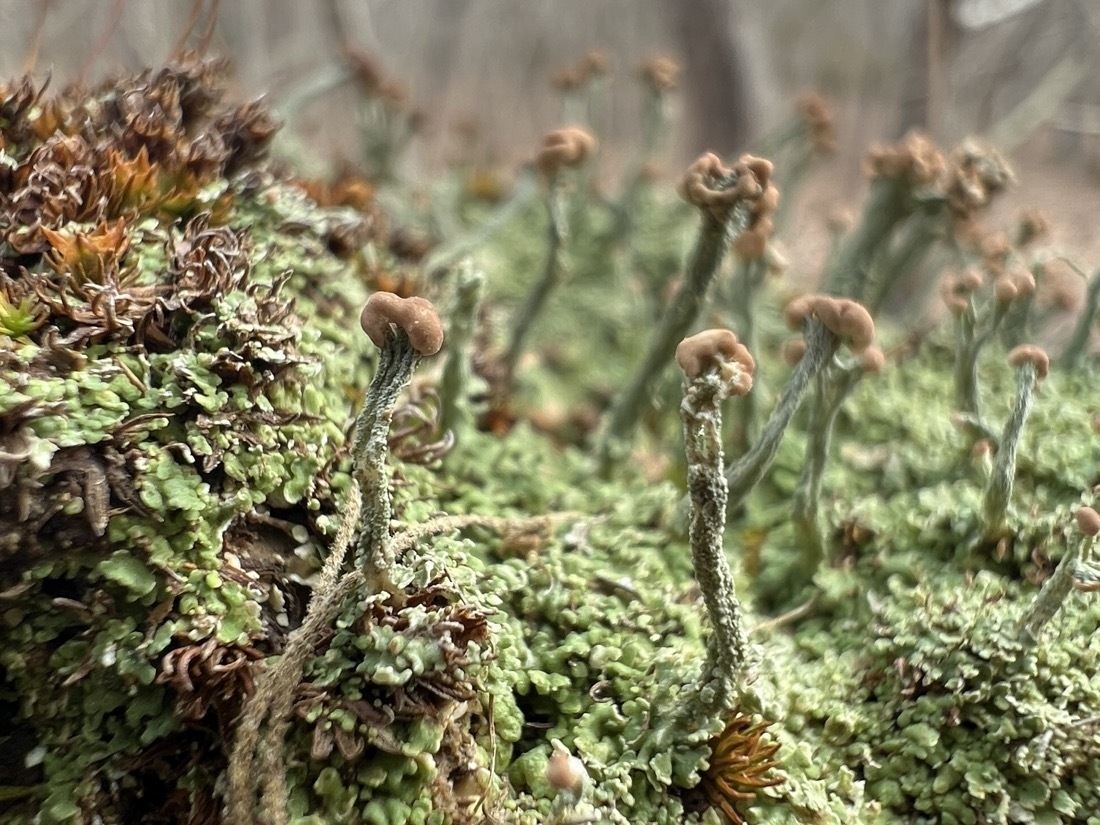
Laccaria laccata, commonly known as the deceiver, or waxy laccaria. Edible

Photo from yesterday's trail ride. Taken along the backside creek inflow to the lake. Some pretty grasses in this area.
Chasmanthium latifolium, northern wood-oats, inland sea oats, northern sea oats, and river oats is a species of grass native to the central and eastern United States, Manitoba, and northeastern Mexico
“At its very essence, a lichen consists of a fungus coexisting symbiotically with algae or photosynthetic bacteria called cyanobacteria — and sometimes with both.”
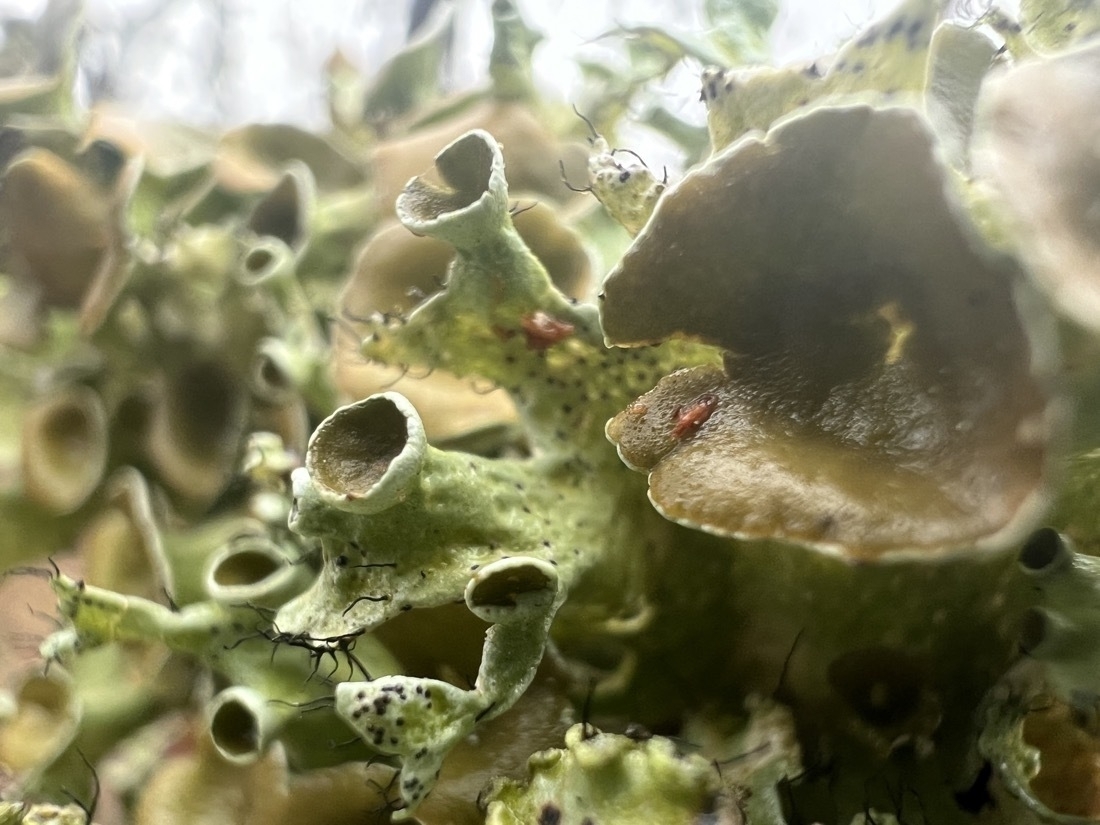
An interesting introduction to Lichen biodiversity!
Perforated ruffle lichen, Parmotrema perforatum. The large yellow-tan cup-like structures are a spore-bearing surface, apothecia, each with a hole in the center, hence the name perforated. Long black cilia around the perimeter. Fascinating but also a bit creepy.
